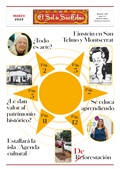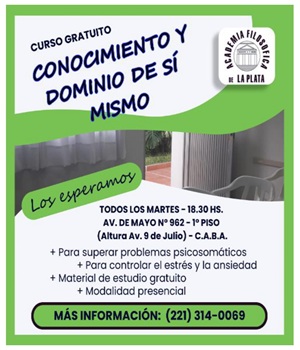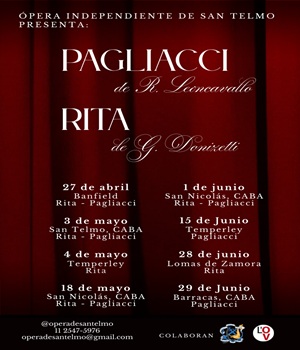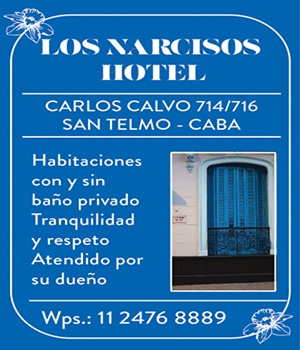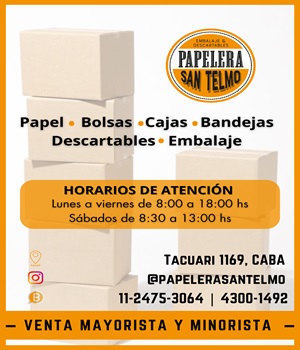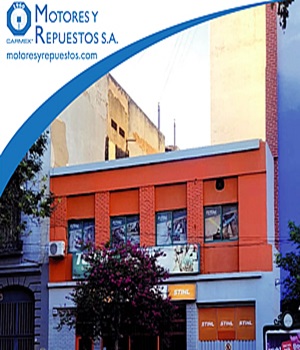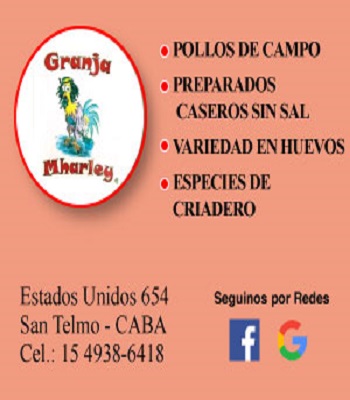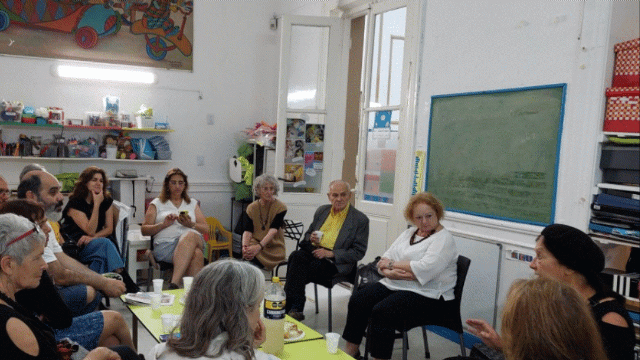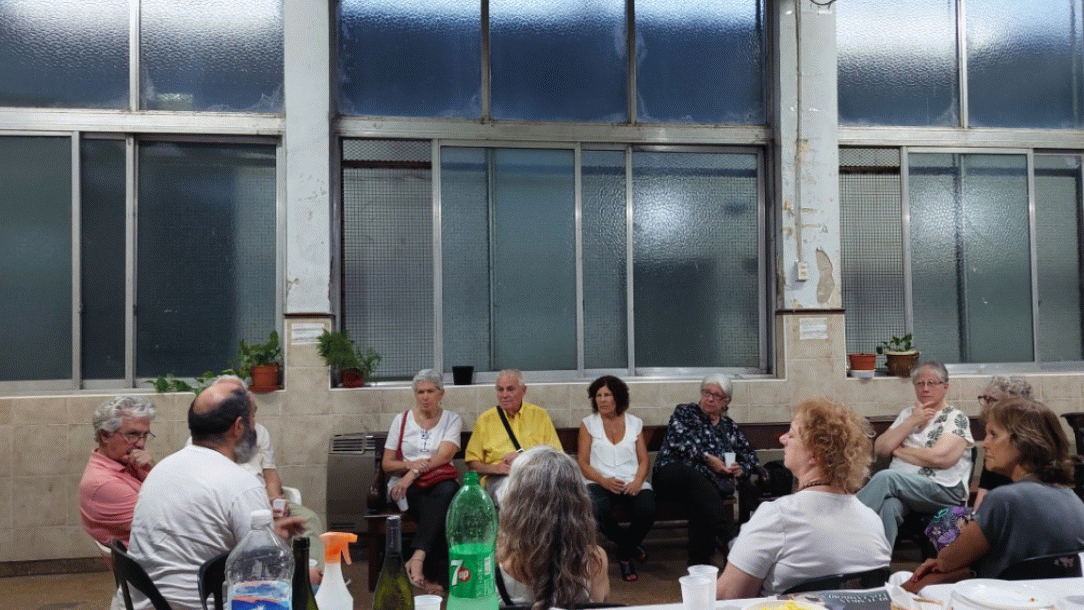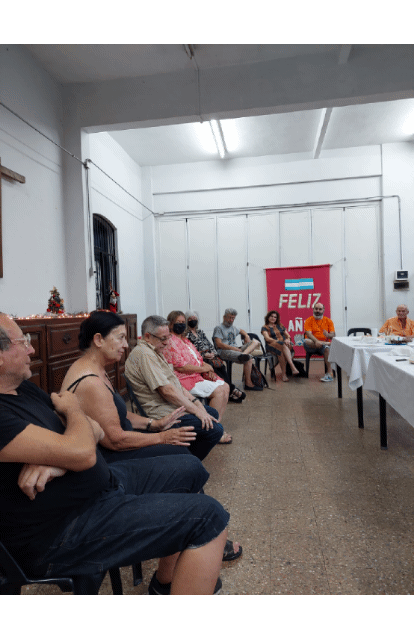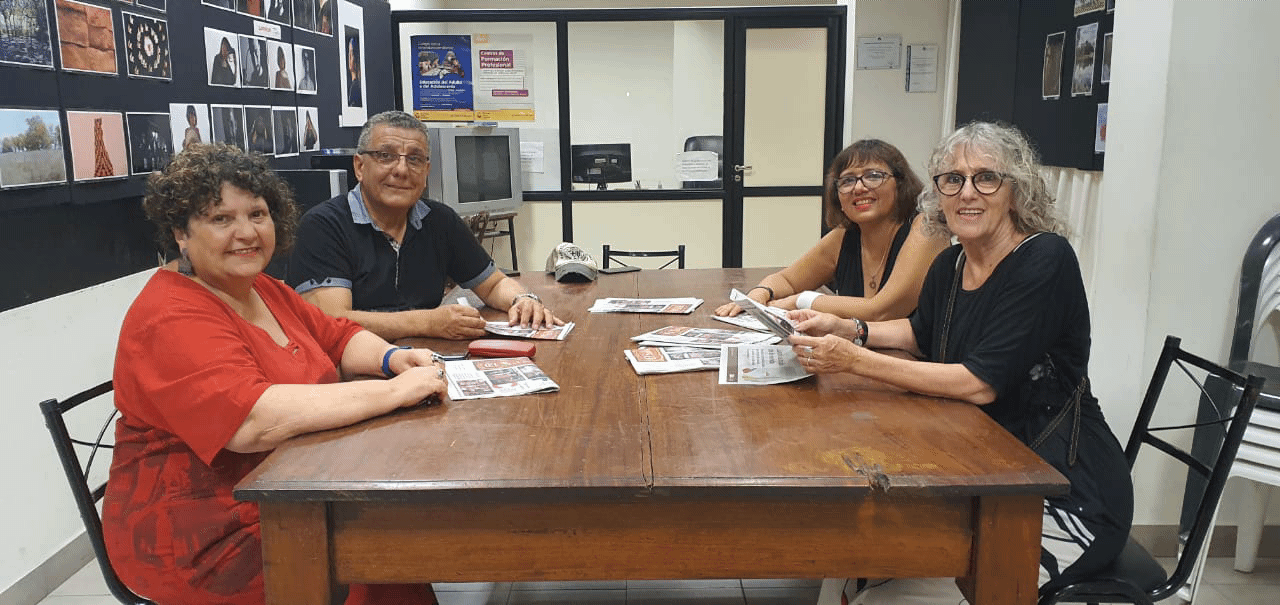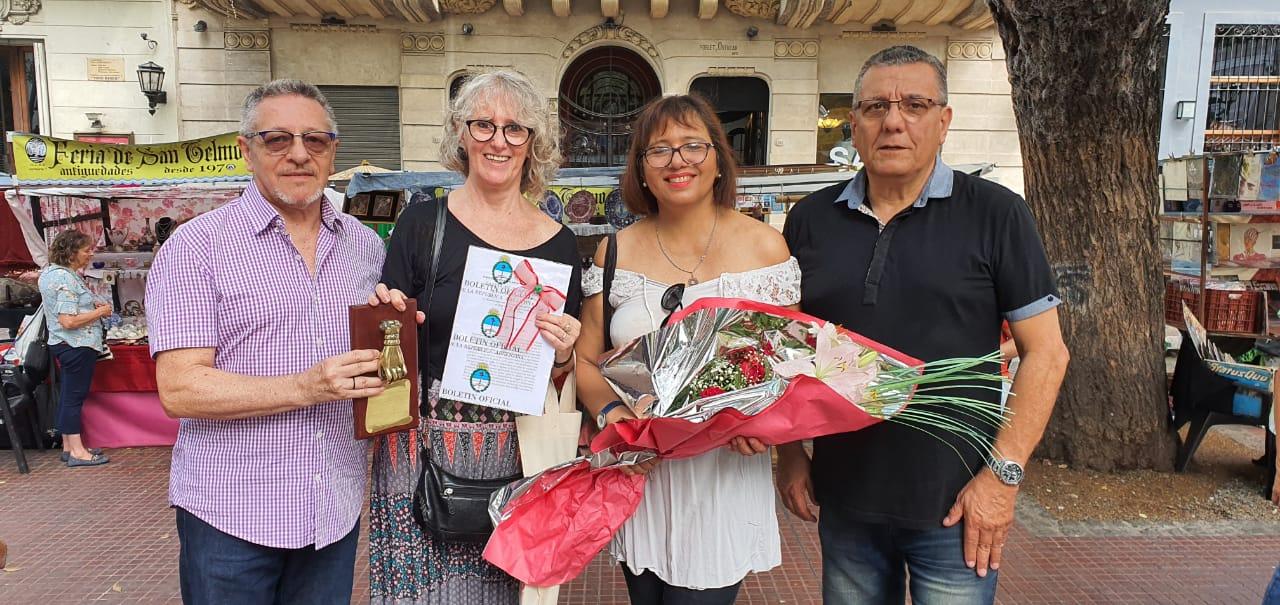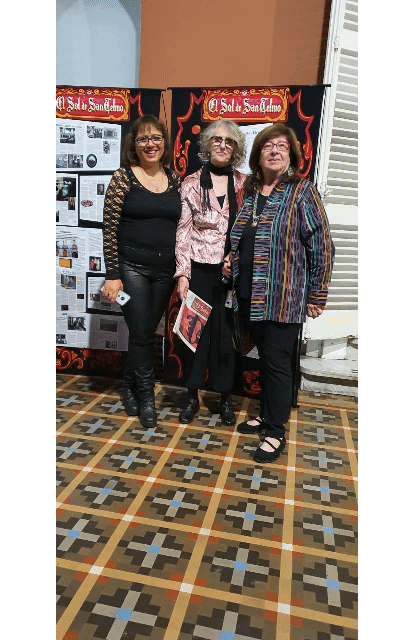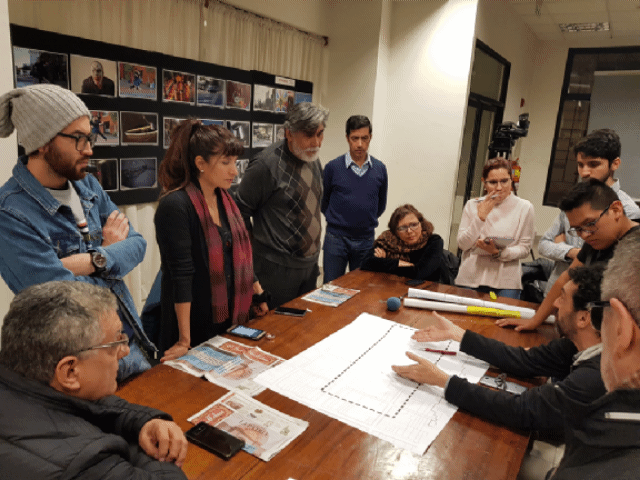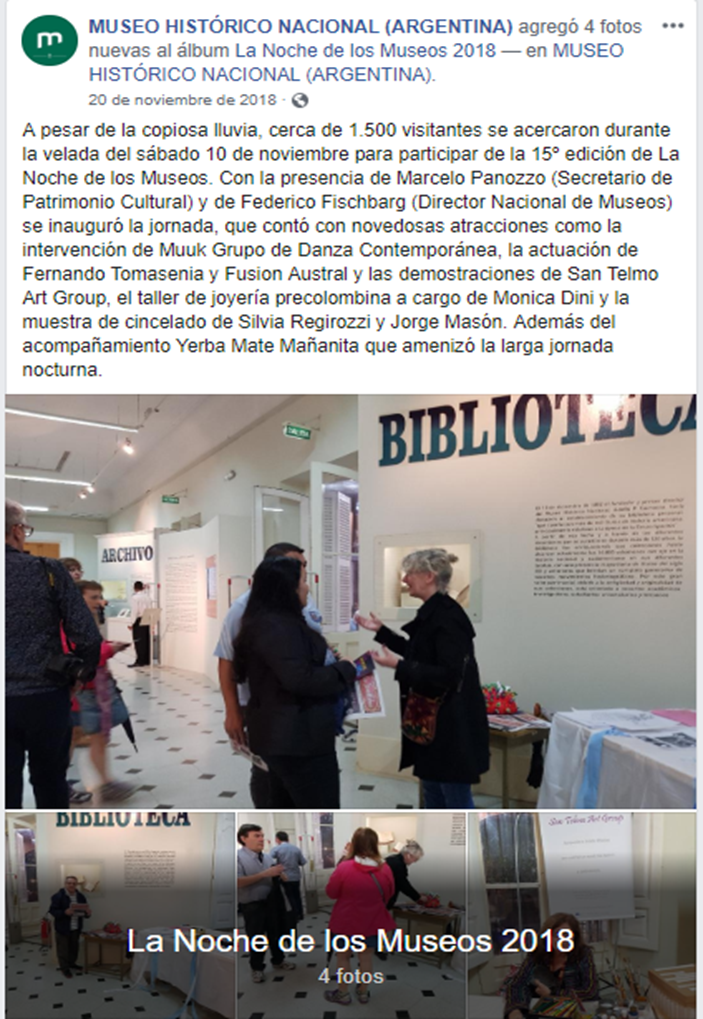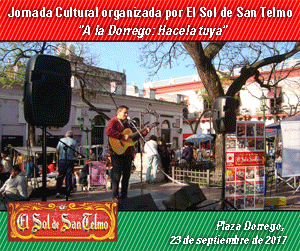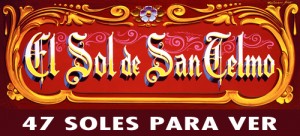San Telmo Translated: Integrating the old and the new to preserve a neighborhood’s identity

A comparison between San Telmo and the community of Portobello in London
I grew up in an old market community in West London called Portobello that dates back to the early nineteenth century. On Saturdays, the market becomes a visual feast: hunks of hanging meat, boxes of fruit, piles of spices, herbs and teas, stacks of books and magazines, rails of furs, pictures and furniture, and more. On the weekends, tourists come in hordes for antiques, vintage clothes and to sample the food from the stalls. They also come for the character and the eccentricity of the place; that small town atmosphere so rare in the big city.
A few months ago, when I arrived in San Telmo I felt I had come home. It was by chance that I rented an apartment in this part of town. Many people recommended that I live in Palermo. Even the woman that rented me my flat tried to discourage me from San Telmo. But when she told me the neighbourhood was similar to Portobello in the 1970s, I was sold. And when I arrived I was not disappointed. Instead, as the months progressed, I fell in love. At weekend asados I would defend ‘my’ neighbourhood from the onslaughts of the well-heeled inhabitants of Palermo. Why, they would ask with faint disgust, are you living in San Telmo?
I would tell them it was San Telmo’s sense of community and its distinctive charm that had drawn me in. Its combination of history and cultural diversity visible in its architecture and painted facades, its courtyards of creeping greenery and broken tiles and its art deco mansions, that makes it so unique.
This magic can be experienced first hand in the intimacy and humanity of traditional restaurants, ateliers, almacens and turn-of-the-century bars and cafes. In its authenticity and stubborn refusal to be anything other than what it is. Everywhere in San Telmo is always just around the corner. Life here is still lived on the streets, outside kiosks, on doorsteps, in the squares accompanied by music and a picada or in the parks with friends and family. Here, time ceases to be money and becomes art. Beauty appears in the everyday: the smell of fresh pastries, the taste of fruity wine, or in the deep melancholy of tango.
San Telmo is a fusion of people and place that creates a unifying atmosphere. Its simultaneous social cohesion and cultural diversity attracts Argentines and foreigners alike. People want to be part of it. Even just for a day. This sense of connection, familiarity and recognition is rare and something to be valued.
As I have witnessed in Portobello, it can all too easily be eroded. More tourists come, more money materialises which, at first, leads to positive effects like cleaner, safer streets and the restoration of buildings, but this surge of wealth quickly contributes to a loss of identity as longer term residents sell up and move out. If this were to happen on a larger scale here, San Telmo’s unique character, its timeless mystery and run down appeal that has made it the home and inspiration of countless artists would be lost.
Progression and renewal are arguably just as important as preservation and restoration, but what is needed is integration. Integration of the old and the new; and respect for the past while embracing the future. It is the combination of these complementary aspects that creates true harmony. But this balance is challenging and elusive in a modern society based on economic foundations that often result in generic and soulless urban development.
‘Selling out’ comes at too high a price—the loss of roots, identity and history of an individual or a place. If San Telmo embraces change while staying connected with its traditions it will continue to attract people, money and energy. Energy that can be put back into the community and that can further contribute to its authenticity, unity and soul.
—Alexandra Gordon Lennox
